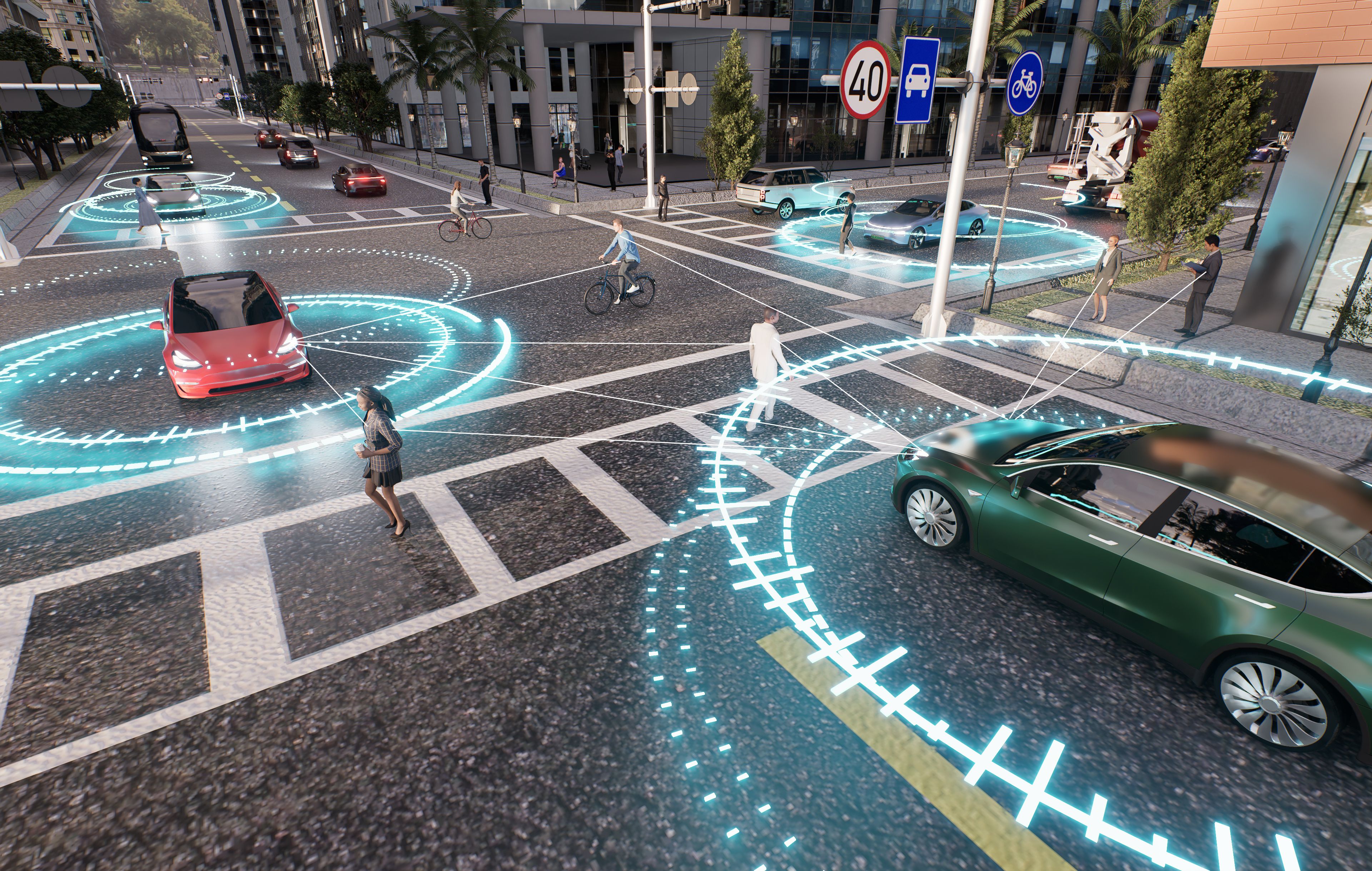Exploring Agentic AI: Common Use Cases and Design Patterns
Understanding Agentic AI
In recent years, the rise of artificial intelligence has introduced us to various forms of AI, each with its unique capabilities and applications. One such form is Agentic AI, a type of AI designed to autonomously perform tasks, make decisions, and adapt to new environments with minimal human intervention. This blog post explores the common use cases and design patterns of Agentic AI, highlighting its growing importance in various sectors.

Common Use Cases of Agentic AI
The versatility of Agentic AI allows it to be applied across numerous industries, providing innovative solutions to complex challenges. Below are some of the most prevalent use cases:
1. Autonomous Vehicles: One of the most well-known applications of Agentic AI is in the development of autonomous vehicles. These vehicles leverage AI to navigate roads, interpret traffic signals, and make real-time decisions to ensure passenger safety.
2. Healthcare: In the healthcare industry, Agentic AI is used to enhance diagnostics, personalize treatment plans, and even assist in surgery. By analyzing vast amounts of medical data, AI can offer insights that improve patient outcomes.

3. Robotics: Industrial and service robots are increasingly powered by Agentic AI, enabling them to perform complex tasks such as assembly line work, cleaning, and even customer service efficiently.
Design Patterns in Agentic AI
The design patterns of Agentic AI are critical in ensuring its efficiency and reliability. These patterns help developers create robust systems capable of functioning autonomously. Here are some key design patterns:
1. Reinforcement Learning: This pattern allows AI to learn from interactions with its environment, using feedback to improve performance over time. It is especially useful in dynamic settings where the AI must adapt to changing conditions.

2. Multi-Agent Systems: In scenarios where tasks are too complex for a single agent, multiple AI agents collaborate to achieve a common goal. This approach is common in gaming, logistics, and traffic management.
3. Hybrid Systems: Combining symbolic reasoning with machine learning, hybrid systems offer a balanced approach to problem-solving, leveraging the strengths of both methods to enhance decision-making processes.
The Future of Agentic AI
The potential of Agentic AI continues to grow as advancements in technology broaden its capabilities. As developers refine these systems, we can expect more sophisticated applications that further integrate into our daily lives, offering unprecedented levels of convenience and efficiency.
Moreover, ethical considerations and regulatory frameworks are vital to the responsible deployment of Agentic AI. As these discussions evolve, they will shape the landscape of AI development and usage.

In conclusion, Agentic AI represents a significant leap forward in artificial intelligence technology. Its diverse applications and innovative design patterns position it as a key player in the future of automation and intelligent systems.
References
----------------------------------------------------------------------------------------------------------------------------------------------------------https://azure.microsoft.com/en-us/blog/agent-factory-the-new-era-of-agentic-ai-common-use-cases-and-design-patterns/